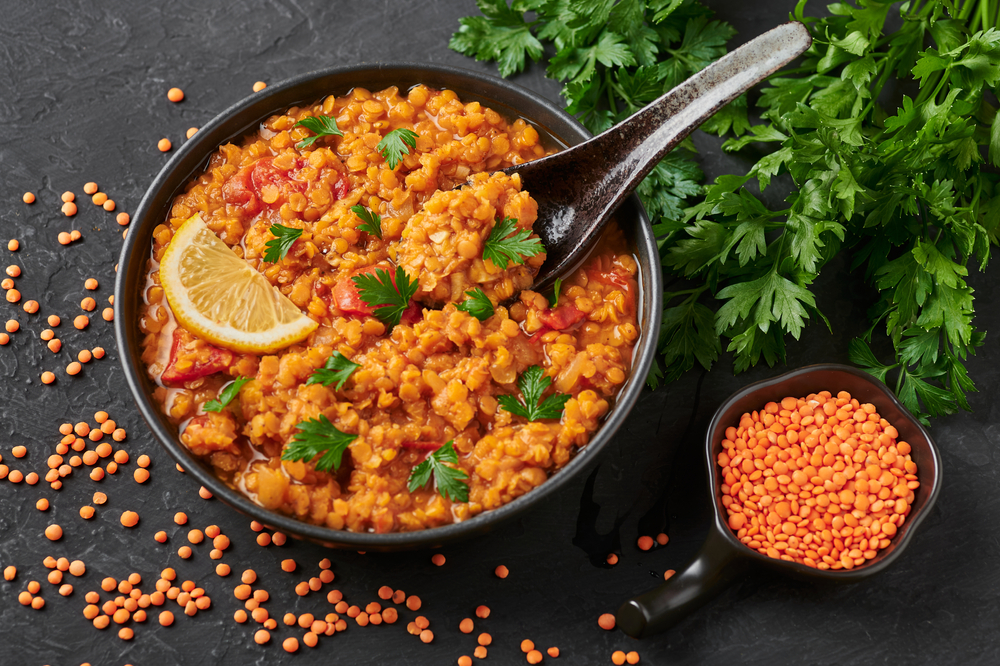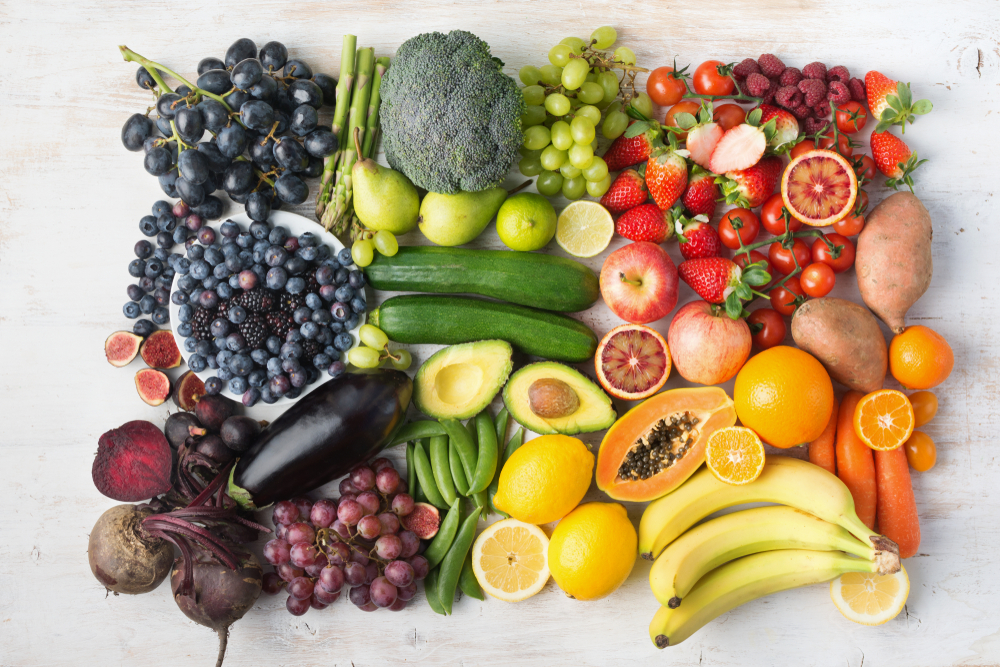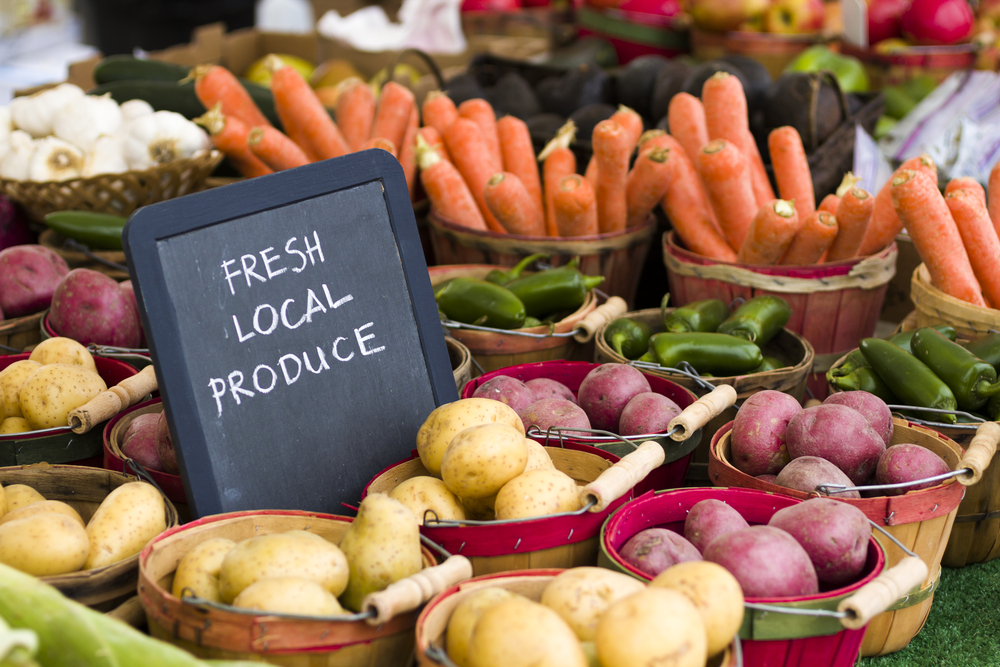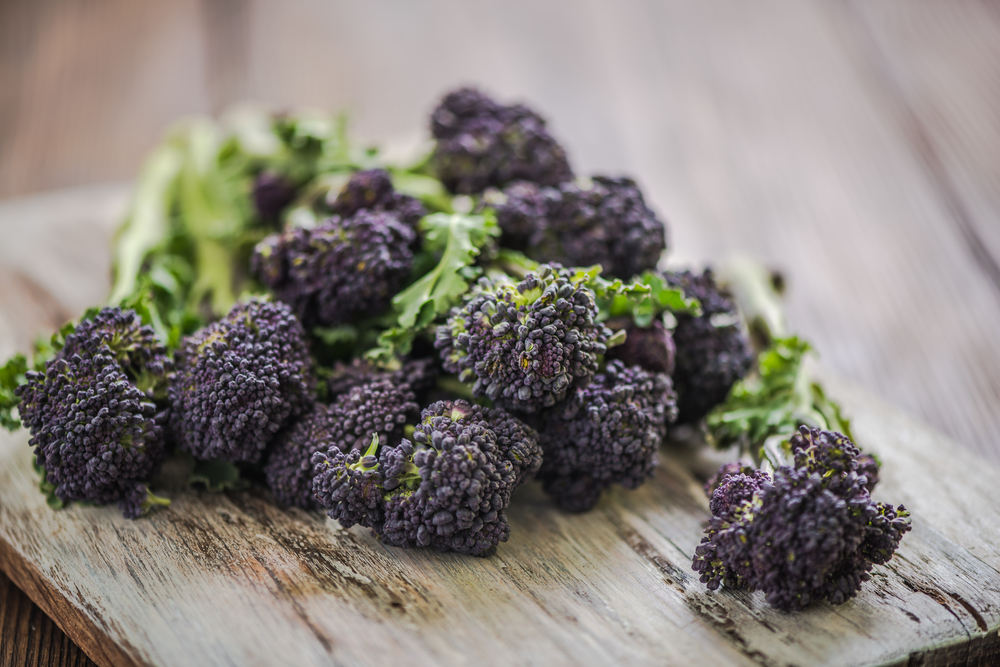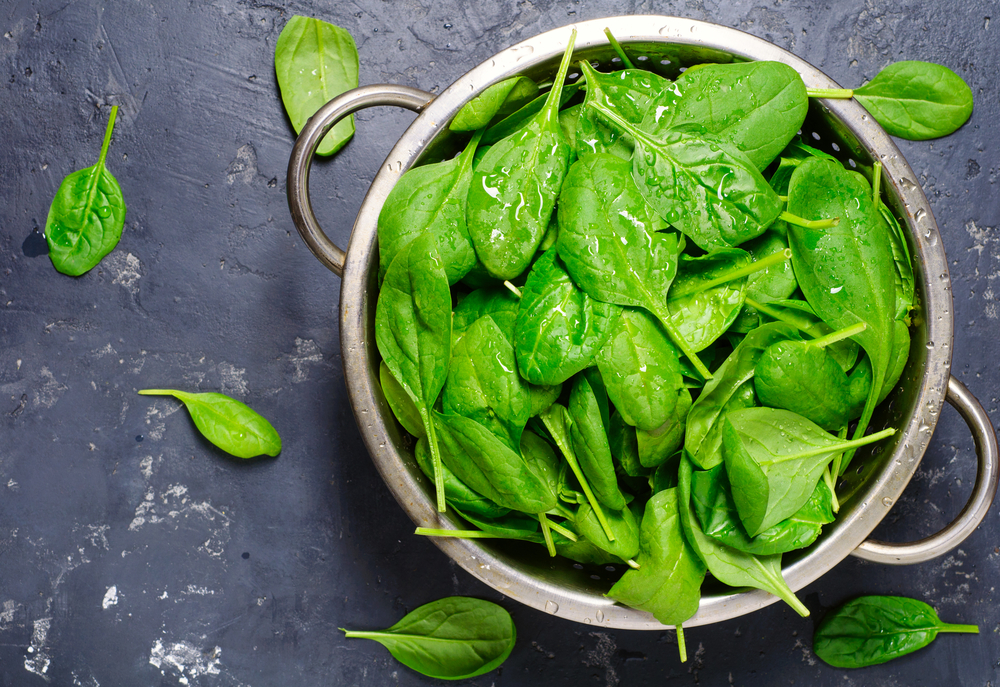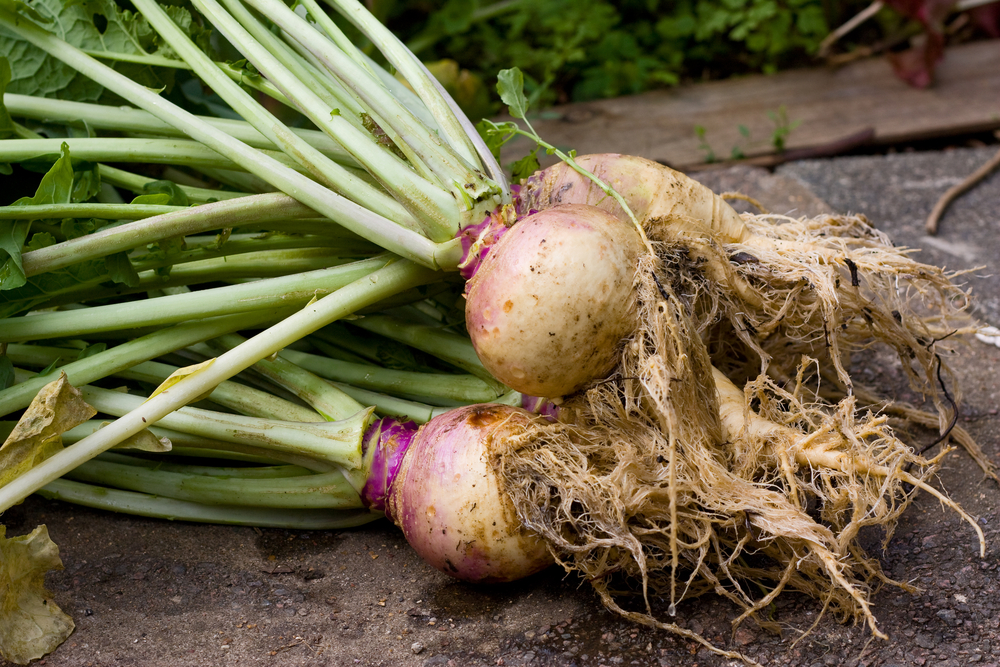
Easter is rapidly approaching, which often brings thoughts of eggs. And generally, not the savoury variety, but the chocolate ones! Most Easter eggs are made of milk chocolate, and are fairly high in sugar. However, dark chocolate Easter eggs contain lots of health benefits and can be just as delicious.
Clinical Nutritionist Suzie Sawyer shares the health benefits you can enjoy this Easter by choosing dark rather than milk chocolate.

What’s so special about dark chocolate?

In ancient times, chocolate was considered ‘Food of the Gods’ because of its fine flavour. In those days, the Maya used to make a cocoa drink with hot water and often prepared with cinnamon. At that time, they were not aware of the amazing health benefits of chocolate.
However, interest has really grown in dark chocolate since it’s been found to help regulate blood pressure, control insulin levels, and improve vascular function. It also provides plenty of antioxidants, helps regulate fat metabolism and provides prebiotic fibre to feed the beneficial bacteria in the gut. However, these health benefits are generally associated with up to 80% cocoa bean solids found in dark chocolate but not milk chocolate, which has been heavily processed and contains more sugar.
Polyphenols
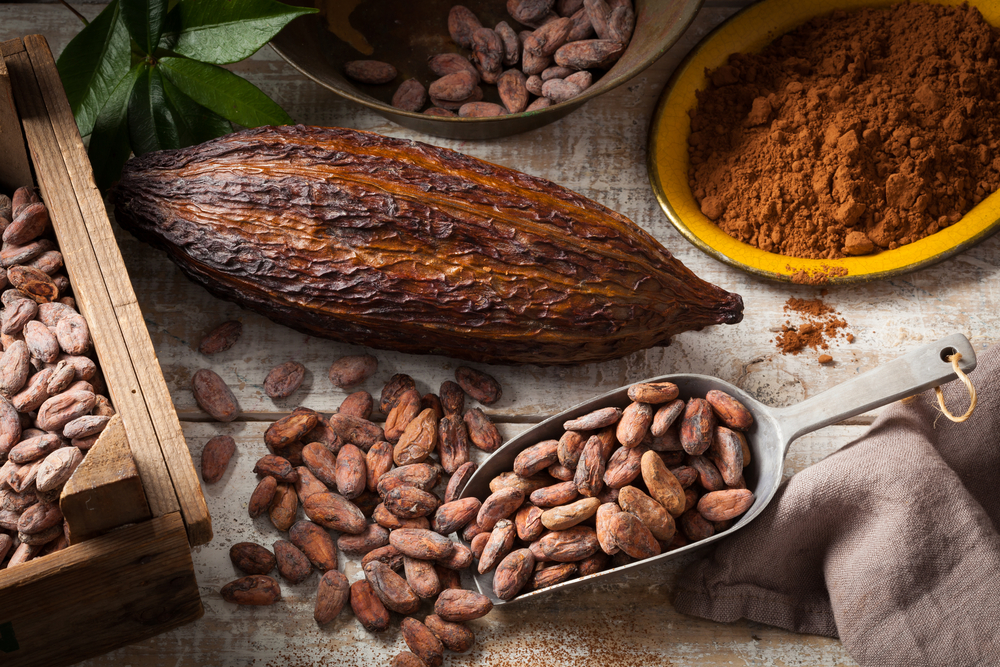
Most of its health benefits come from the cocoa bean, which is the basic ingredient in chocolate. Cocoa beans are one of the best-known sources of plant polyphenols that provide so many health benefits, including antioxidant protection. There are a variety of polyphenols, all present in chocolate, and they all provide amazing health benefits. And it therefore makes sense that the darker the chocolate, the more cocoa is present and therefore the more polyphenols.
Cardiovascular health

There are number of reasons that cocoa beans are heart healthy. Importantly, they help the release of nitric oxide which helps dilate blood vessels, thereby reducing blood pressure. They also have an anti-inflammatory effect which helps to keep blood free flowing through the arteries. This beneficial effect can also be felt throughout the body.
Balancing blood sugar
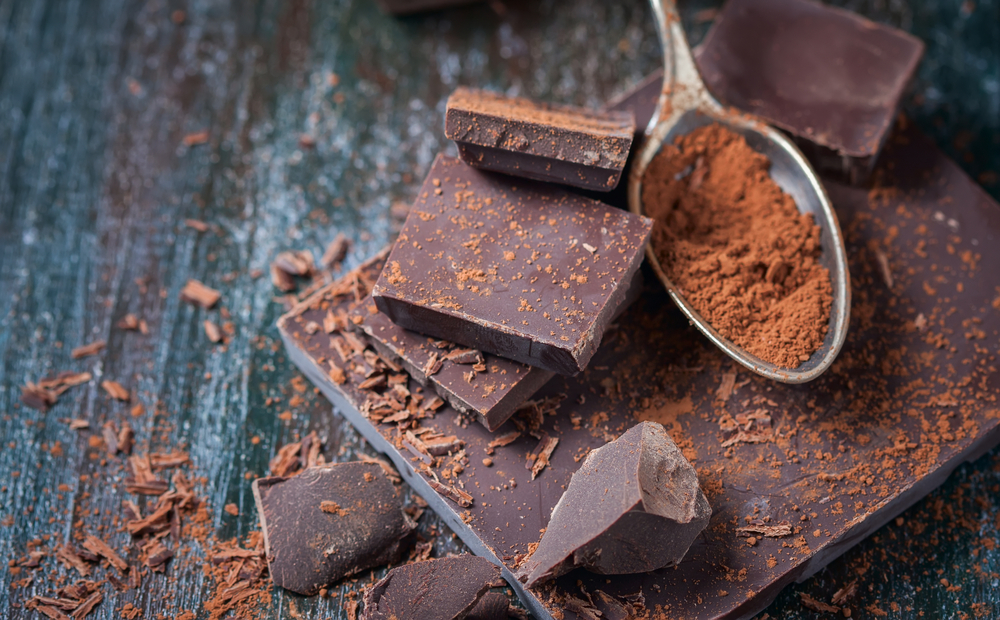
This action is key to our overall metabolic health: issues controlling blood sugar and the insulin response can lead to type 2 diabetes.
It appears that cocoa helps slow down the absorption of carbohydrates in the digestive tract which then avoids insulin spikes and the highs and lows of glucose production. Research on this has been undertaken using cocoa solids high in polyphenols so there’s no doubt that eating dark chocolate is going to be far healthier than milk in this respect. Who’d have thought that eating something so tasty could be so helpful?
A healthy gut microbiome
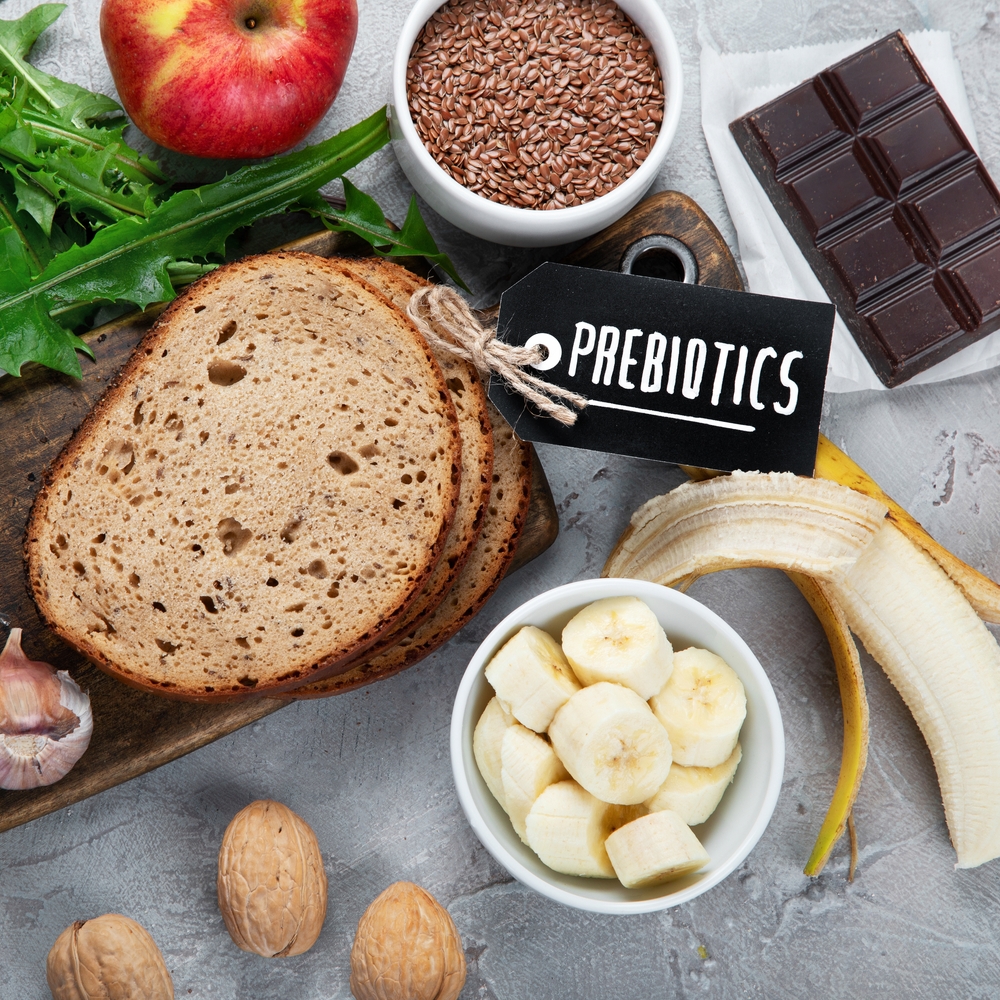
There has been much interest over recent years in the gut microbiome and its absolute importance to our overall health. We know that eating a colourful diet, rich in plant polyphenols is hugely beneficial to the gut. Polyphenols are found in many colour fruits and vegetables and not just chocolate.
There are trillions of bacteria in the gut called probiotics, some good, some bad. However, by feeding the good bacteria with what they love (which are any prebiotic foods) the microbiome flourishes and keeps the whole body in good health. Cocoa is known to provide these wonderful prebiotics.
Libido

Lastly, chocolate is often referred to as an aphrodisiac. There is a physiological reason for this. Cocoa powder works on our cannabinoid receptors which not only provide a feeling of wellbeing but also appear to produce more serotonin in the genital tract of females which enhances sexual pleasure. No wonder women love chocolate so much!
If you’ve not tried dark chocolate Easter eggs previously, hopefully this will encourage you to give them a go. Happy Easter!
FOR MORE GREAT NUTRITION AND LIFESTYLE ADVICE:
Sign up to receive our blog and get a weekly dose of the latest nutrition, health and wellness advice direct to your inbox.
For everything you need to know about vitamins, minerals and herbs visit our sister site Vitamin Expert – your essential guide to nutrition and natural health.
Follow us on Instagram @feelaliveuk for nutrition, lifestyle and well-being tips.
Visit us at www.feelaliveuk.com for the latest offers and exclusive Alive! content.
Follow and Chat with Suzie on Twitter @nutritionsuzie
All images: Shutterstock
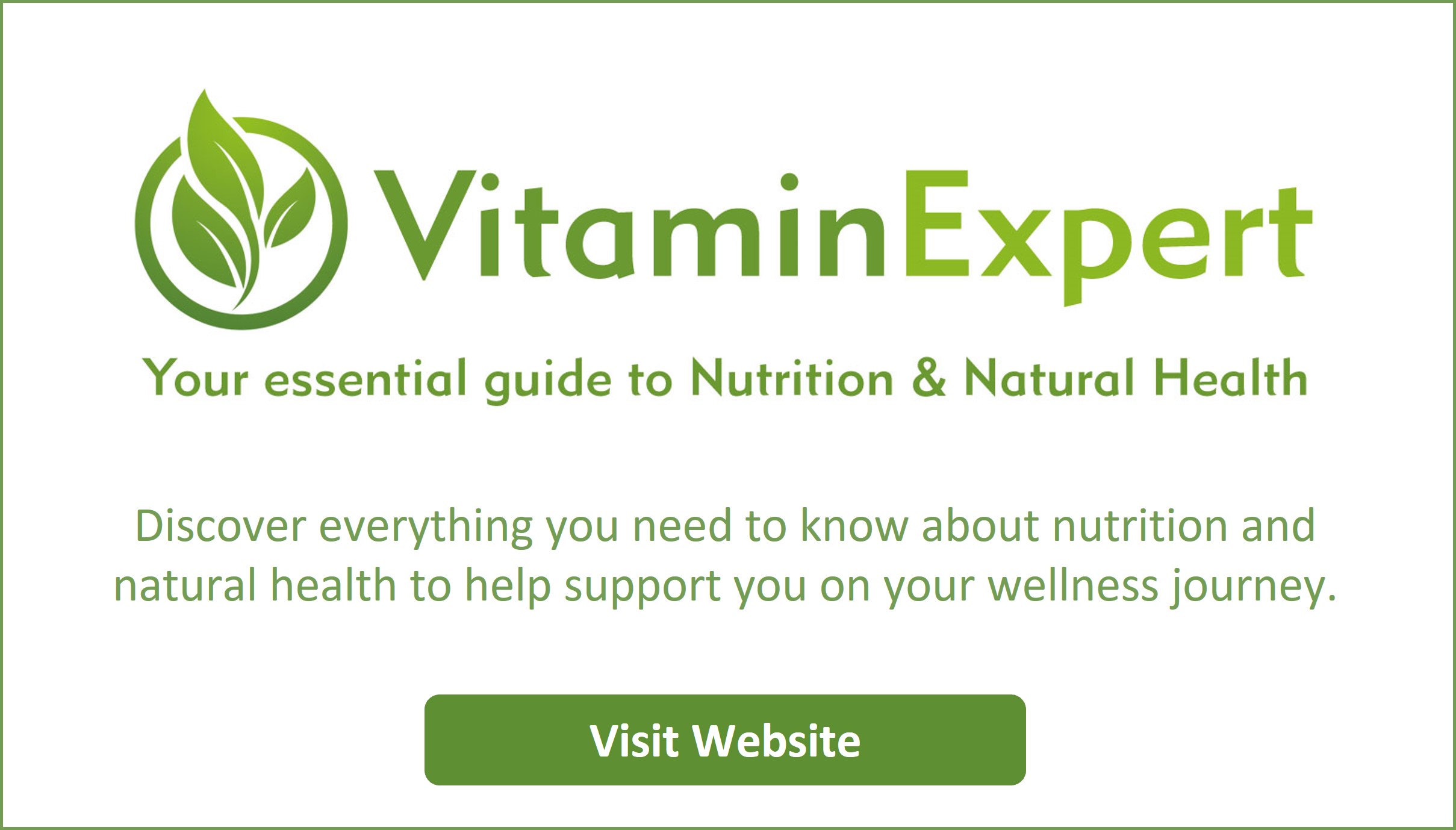


 The richest source of usable iron is in red meat, which many of us don’t eat. However, beans, dried fruit, chickpeas, nuts, and seeds are also good sources, so vegetarians and vegans don’t need to miss out.
The richest source of usable iron is in red meat, which many of us don’t eat. However, beans, dried fruit, chickpeas, nuts, and seeds are also good sources, so vegetarians and vegans don’t need to miss out.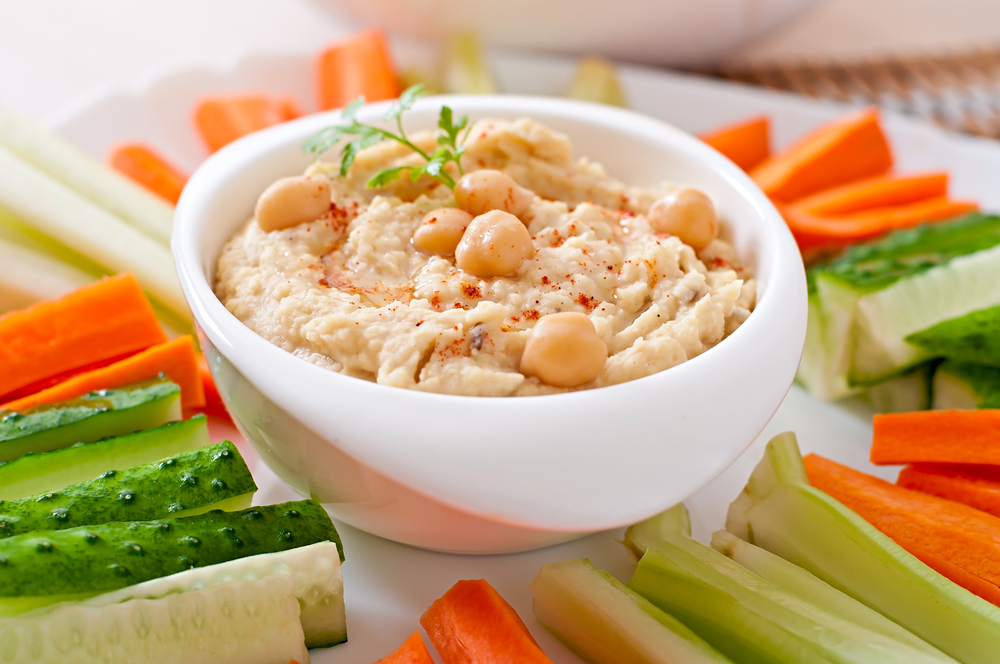 Plant-based sources of iron are slightly less available to the body though, so you can uprate this by eating these foods with others rich in vitamin C, such as strawberries, kiwis, red peppers, and lemons. Just drinking a little orange juice at the same time as eating your chickpea-rich hummus and crackers, is really going to help.
Plant-based sources of iron are slightly less available to the body though, so you can uprate this by eating these foods with others rich in vitamin C, such as strawberries, kiwis, red peppers, and lemons. Just drinking a little orange juice at the same time as eating your chickpea-rich hummus and crackers, is really going to help.